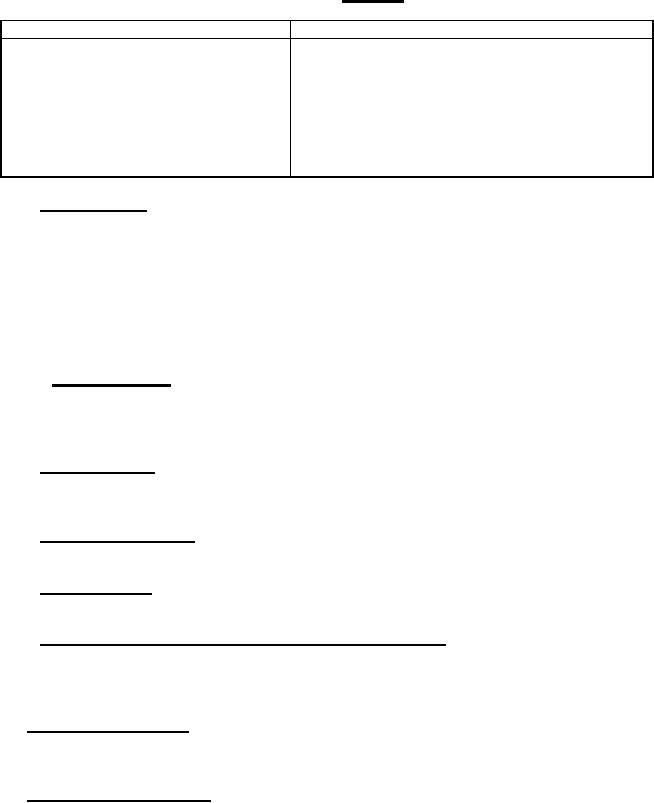
MIL-DTL-83517A
TABLE I. Materials.
Component material
Applicable specification
Brass
Phosphor bronze
Copper beryllium
Steel
Steel-corrosion resisting
TFE fluorocarbon
FEP fluorocarbon
Silicon rubber
3.3.1 Center contacts. The male pin shall be plated to a minimum gold thickness of 50 micro inches
(1.27 µm) in accordance with ASTM B488, type II code C, class 1.27, over 50 micro inches (1.27 µm)
minimum of nickel in accordance with SAE-AMS-QQ-N-290, class 1, measured anywhere along the
mating surface, for all series. The socket contact shall be plated to a minimum of 50 micro inches (1.27
µm) of gold in accordance with ASTM B488, type II, code C, class 1.27, over 50 micro inches (1.27 µm) of
nickel in accordance with SAE-AMS-QQ-N-290, class 1, including the I.D., measured at a depth of .040
inch (1.01mm) minimum. The plating on non-significant surfaces in the I.D. shall be of sufficient thickness
to ensure plating continuity and uniform utility and protection. This plating may consist of an underplate
only. A silver underplate shall not be permitted on any contact, pin or socket.
3.3.1.1 Connector bodies. All copper beryllium bodied connectors shall be gold plated to a minimum
thickness of 50 micro inches (1.27µm) in accordance with ASTM B488, type II, code C, class 1.27, over a
copper flash. All corrosion resistant steel bodied connectors shall be passivated in accordance with SAE-
3.3.2 Dissimilar metals. Dissimilar metals between which an electromotive couple may exist shall not
be placed in contact with each other. Reference is made to MIL-F-14072 for definition of dissimilar
metals.
3.3.3 Nonmagnetic materials. All parts (except hermetic sealed connectors) shall be made from
materials which are classified as nonmagnetic (see 3.8).
3.3.4 Spring members. Unless otherwise specified (see 3.1), center contact spring members shall be
made of copper beryllium.
3.3.5 Recycled, recovered, or environmentally preferable materials. Recycled, recovered, or
environmentally preferable materials should be used to the maximum extent possible, provided that the
material meets or exceeds the operational and maintenance requirements, and promotes economically
and advantageous life cycle costs.
3.4 Design and construction. Connectors shall be of the design, construction, and physical
dimensions in accordance with the applicable specification sheet and interpreted in accordance with
3.5 Force to engage/disengage. When tested as specified in 4.5.2, the torque necessary to
completely couple or uncouple the connectors shall not exceed that specified (see 3.1). Also the
longitudinal force necessary to initiate the engaging or disengaging cycle shall not exceed that specified
(see 3.1).
5
For Parts Inquires submit RFQ to Parts Hangar, Inc.
© Copyright 2015 Integrated Publishing, Inc.
A Service Disabled Veteran Owned Small Business